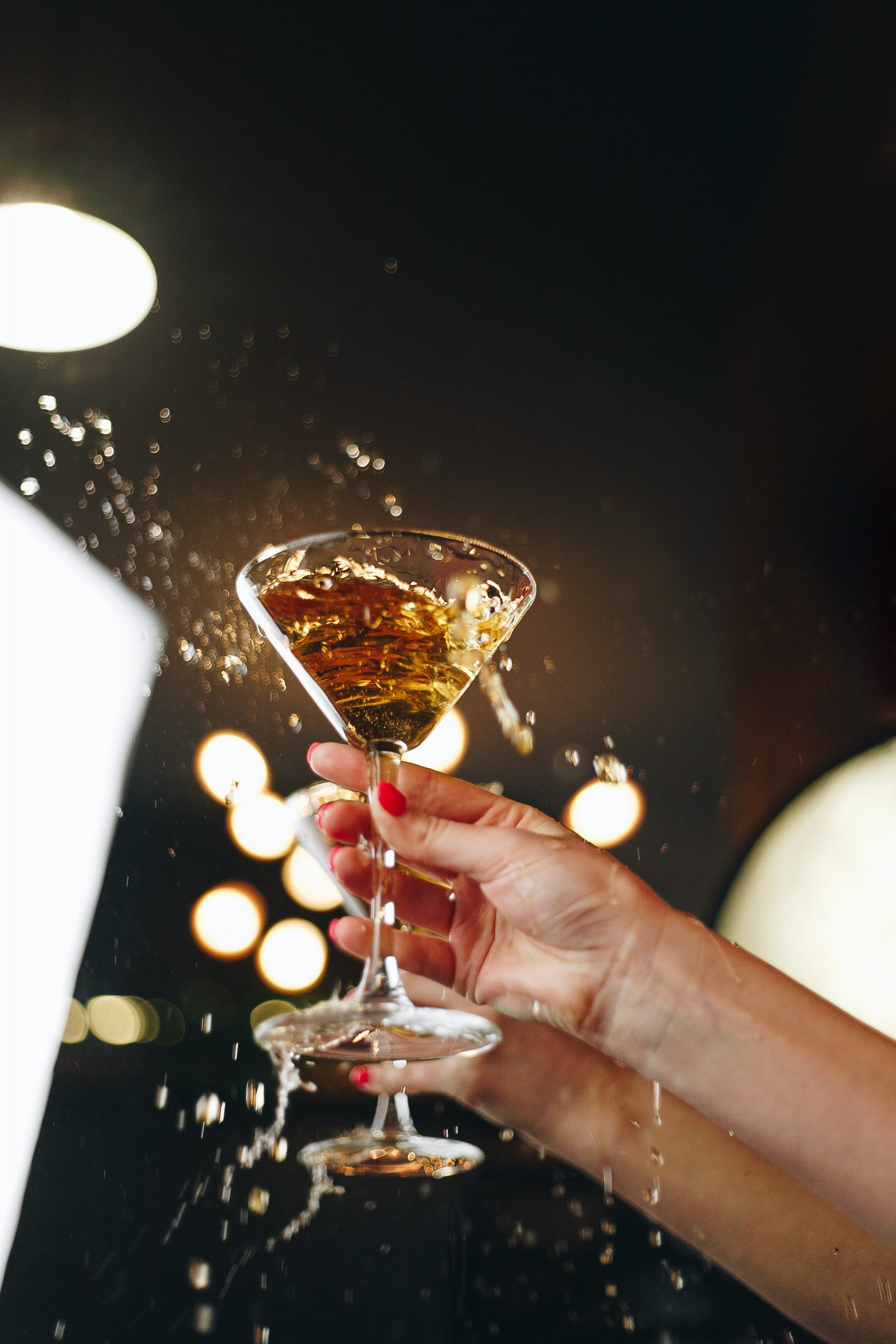Champagne is a sparkling wine produced in the French region that bears its name. It was the inhabitants of this region who invented and developed the traditional method of making champagne. We do not know
Champagne is a sparkling wine produced in the French region that bears its name. It was the inhabitants of this region who invented and developed the traditional method of making champagne. We do not know exactly in which century or year the first champagne was produced. But we can say that the Romans were already drinking this sparkling wine. So, without further ado, let’s dive into this blog and learn some of the things you need to know about champagne.
Types of Champagne according to the grape variety
 To make a good champagne, the first thing you need is good raw material. In this case, it is the grape variety that would make the difference between the different types of champagne.
To make a good champagne, the first thing you need is good raw material. In this case, it is the grape variety that would make the difference between the different types of champagne.
Every estate is different, and every winemaker makes their wines differently. But, a general classification of the types of champagne can be established according to the grape variety.
The Blanc de Blanc champagnes
They are produced from the Chardonnay grape variety.
The Blanc de Noirs champagnes
They have been produced from the Pinot Noir or Pinot Meunier grape variety. They are red varieties with white pulp, hence their name “Noirs”.
Rosé champagnes

They are obtained from a mixture of different varieties giving sparkling rosé wines.
Prestige Cuvée champagnes
They are obtained from blending several varieties of the best vintages of the cellar, resulting in high-quality sparkling wine.
Types of champagne according to sugar
The level of sugar in the shipping liquor also determines the type of champagne. According to the regulations, this must be correctly stated on the bottle label:
-
- Brut, less than 1.5% sugar per liter of wine. It is a nearly dry wine.
-
- Extra Dry may contain 2% sugar.
-
- Dry champagne contains up to 4% sugar.
-
- Semi-Dry may contain up to 8% sugar.
-
- Sweet is the sweetest and may contain up to 10% sugar.
Which is the best? That’s the question you’re probably asking yourself. The answer is the one that best suits your taste. Indeed, each champagne is different and will have different nuances. Unfortunately, we can’t advise you on this point. Anyway, you will have a lot of possibilities to find the best champagne according to its quality-price ratio.
How to make champagne?

The Romans invented the champagne method called “Vinum titillum”. To understand this typology, it is important to know first the traditional method of making champagne. After the first fermentation in stainless steel tanks at controlled temperature and after blending, the wine is subjected to a second fermentation in the bottle. During this stage, the liqueur known as “tirage” is added, i.e., the mixture of yeast and sugar (sucrose).
The liqueur de tirage produces a natural carbonic gas during the second fermentation. This produces the typical champagne gas. For this reason, a metal closure or plate is added to the cork beforehand to resist all the gas pressure. After the second fermentation, the aging in rhyme begins. It is a kind of desk in the shape of an inverted V where the bottle is placed to make it turn. During this procedure, we notice that the wine sediments present during the second fermentation fall down to the neck of the bottle.
Once the aging in stacks is done, the bottle is placed in very cold water (-25ºC) to freeze the said sediments. This process is known as “disgorging”. After disgorging, we add the “liqueur d’expédition”. This is a sweet liqueur that, depending on the percentage of sugar in the wine, will determine the type of champagne (sweet, dry, extra dry…). Also, this process favors the integration of carbonic in the wine and thus forms a fine bubble.
Sound off in the comments section below, and tell us what you want to read next and if you want to read more about champagne.
